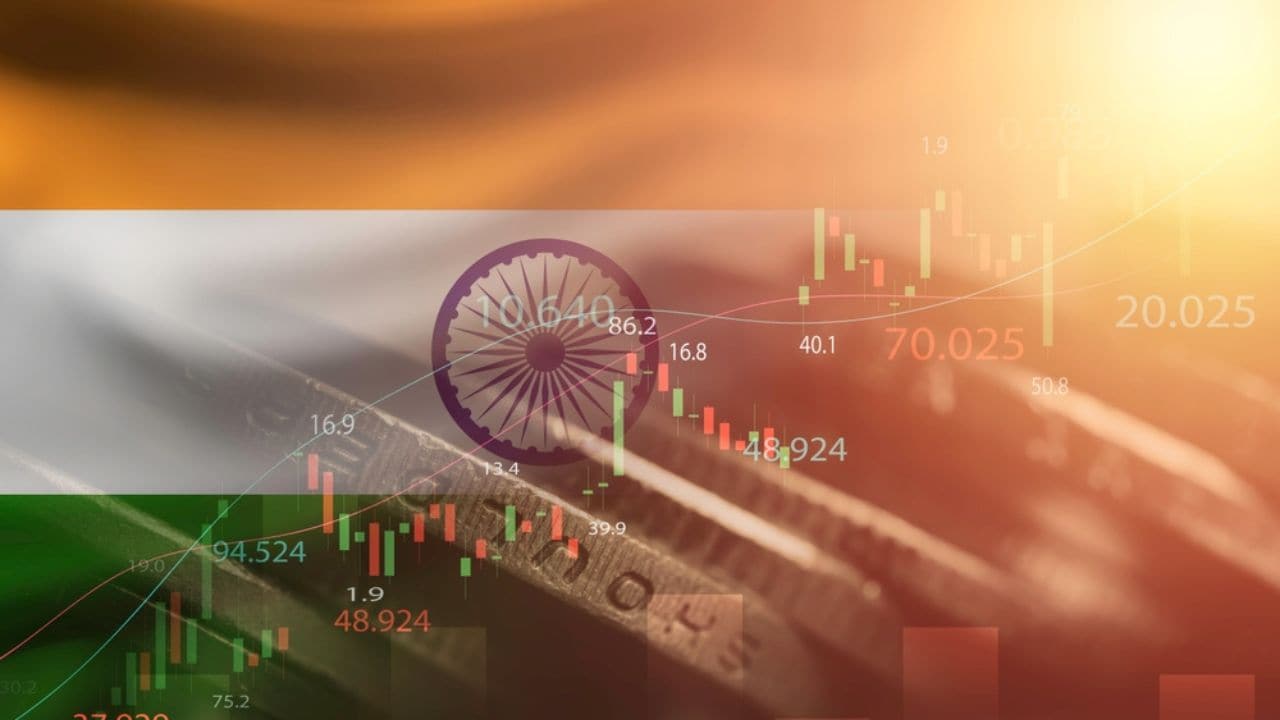
| Company | Value | Change | %Change |
|---|
Titled ‘The State of the States: Federal Finance in India’, the paper suggests that heavily indebted states could receive limited debt relief if they agree to increased central oversight. It also recommends that the RBI reconsider its approach of intervening in bond markets to cap spreads on bonds issued by high-debt states, arguing that “limiting such intervention would strengthen market discipline.”
While acknowledging concerns about treating all states equally in borrowing costs and potential financial contagion risks, the paper underscores that “without market discipline, there can be no fiscal discipline.”
Read more: RBI reviewing economic capital framework as five-year review cycle ends: Governor Malhotra
The research further highlights issues with the existing system of horizontal tax devolution, allocated by the Finance Commission every five years. It notes that the current framework, which provides more funds to states with larger revenue deficits, acts as “an obvious source of moral hazard and a mechanism through which errant states are subsidised.”
To address these challenges, the paper proposes a fiscal “grand bargain,” where highly indebted states with weak financial prospects could receive partial debt relief – transferring a portion of their debt to the central government’s balance sheet – in exchange for ceding some fiscal autonomy and accepting greater central oversight.
It also calls for a forensic assessment of financially strained states to identify key shortcomings and urges states to enhance revenue mobilisation through administrative reforms, tax base expansion, property tax increases, and practising infrastructure and capacity-building.
Read more: India’s industrial output growth slows to 3.2% in December
India has the highest subnational debt-to-GDP ratio among the BRICS nations and the highest debt-to-revenue ratio globally. Currently, a third of India’s public debt is attributed to state governments, a significant proportion compared to other federal economies.
State debt levels vary widely, from below 20% of state GDP in Odisha, Maharashtra and Gujarat to nearly 50% in Punjab. Over the past decade, half of India’s larger states have seen their debt-to-GDP ratios rise by more than 10 percentage points.
If the current trend continues, most states will become even more indebted, further widening the financial disparity between fiscally prudent and struggling states.
(With inputs from PTI)


